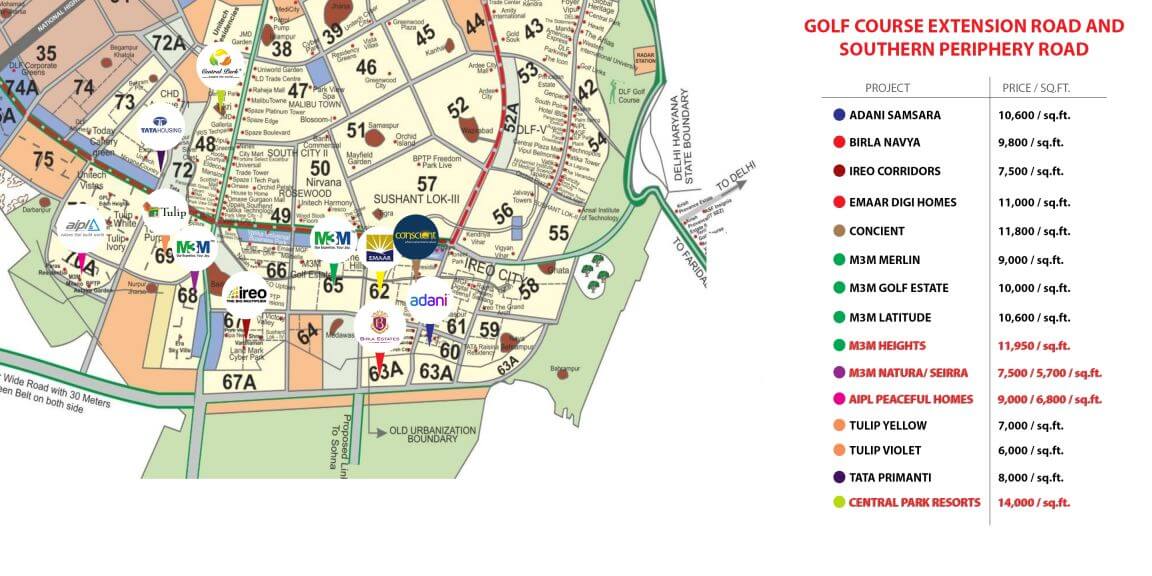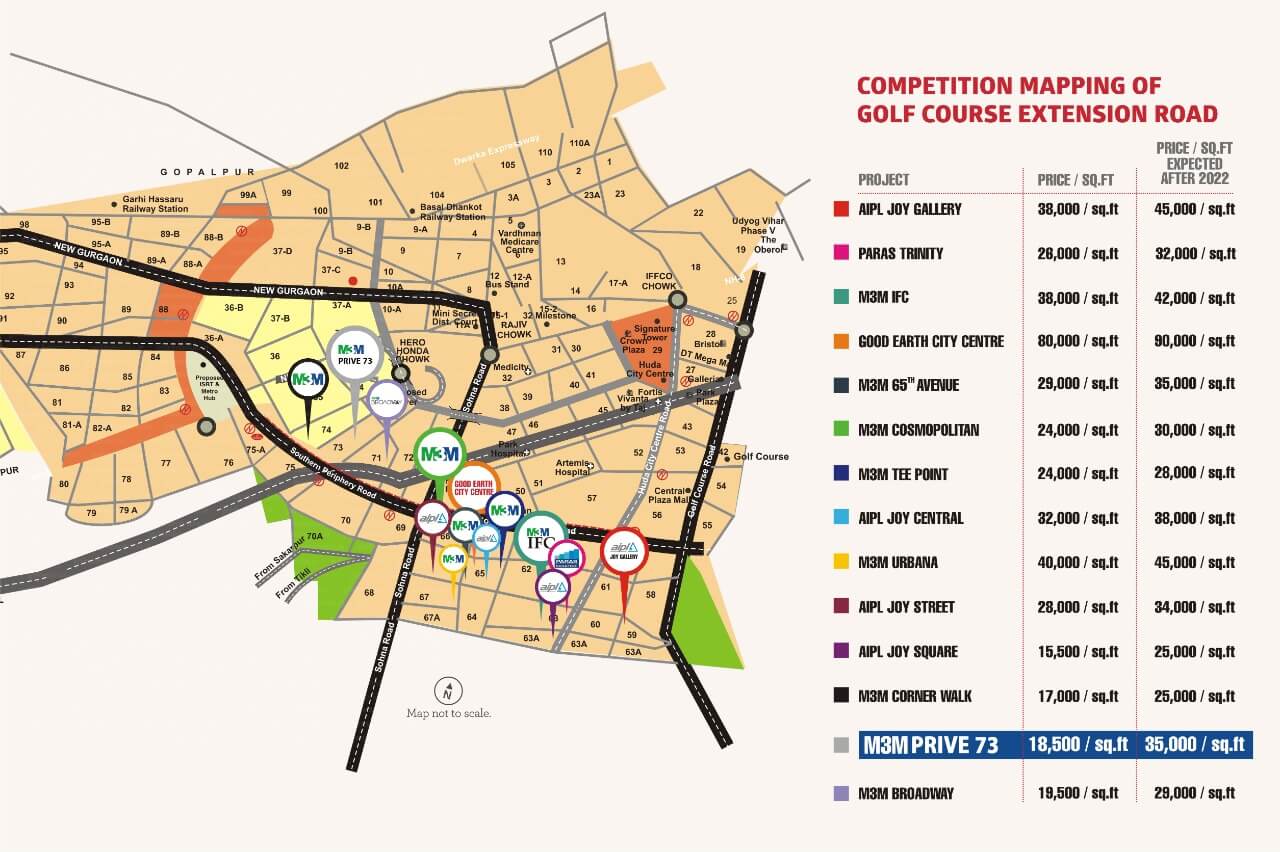6 major trends in Indian real estate in 2017
6 major trends in Indian real estate in 2017
India is ranked fourth in developing Asia for FDI inflows as per the World Investment Report 2016 by the United Nations Conference for Trade and Development. That is endorsement at the highest levels – and real estate saw equity investment on a very visible return journey to India last year. Indian real estate has attracted $32 billion in private equity so far. The global capital flow into Indian real estate in 2016 stood at $5.7 billion.
Though the historic high of 2007 (in terms of total PE inflows) was not breached, last year proved to be the second-best year so far. Despite Brexit and uncertainty around the new US President’s outsourcing and visa-related policies, private equity activity also looks healthy in 2017 – thanks to a strengthening and modernising economy, and the growing reputation of India as an attractive investment destination.
India’s Tier-I cities moved up to the 36th rank in JLL’s 2016 bi-annual Global Real Estate Transparency Index. The catalysing factors for this were improvements in structural reforms and the more liberalised foreign direct investment (FDI) regime. Increased transparency brings higher investments into such real estate markets.
Thanks to changes in its regulatory framework, India is now way more attractive to both global and Indian investors. Increased consolidation and transparency – and the launch of REITs (Real Estate Investment Trusts) this year – will further whet their appetites for getting a piece of the Indian real estate pie.
Developers will revamp their business models
Throughout 2016, the number of new residential project launches was lower than units sold. With all states staring at the approaching deadline to implement their versions of the Real Estate Regulation & Development Act (RERA), most of them will definitely fall in line. This landmark law will enforce hitherto unprecedented transparency and accountability requirements for developers into the system, and do a lot to increase consumer confidence. Consumer activism, which has already been making news in recent times, will increase in distressed ongoing projects.
And it’s not only RERA that the Indian real estate sector anticipates with bated breath.
The Goods and Services Tax (GST) and the Benami Property Act will also have a major impact on how many developers run their businesses. Demonetisation shook up the older ways of working, but did not affect self-governing developers with the right products targeted at the working masses. The rest have realised it is time now to revamp their existing business models if they want to remain in business at all. Market watchers who had despaired of the Indian real estate market ever shedding its tainted image have every reason to perk up now.
Currently, the residential property market is dominated by end-users – speculative investors are making a beeline out of real estate as an investment category. Residential demand is expected to pick up only towards the end of 2017 – but the recovery will be sustainable and based on much sounder market fundamentals than transient sentiment.
Source: Economic Times




